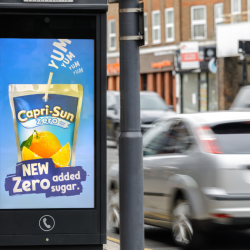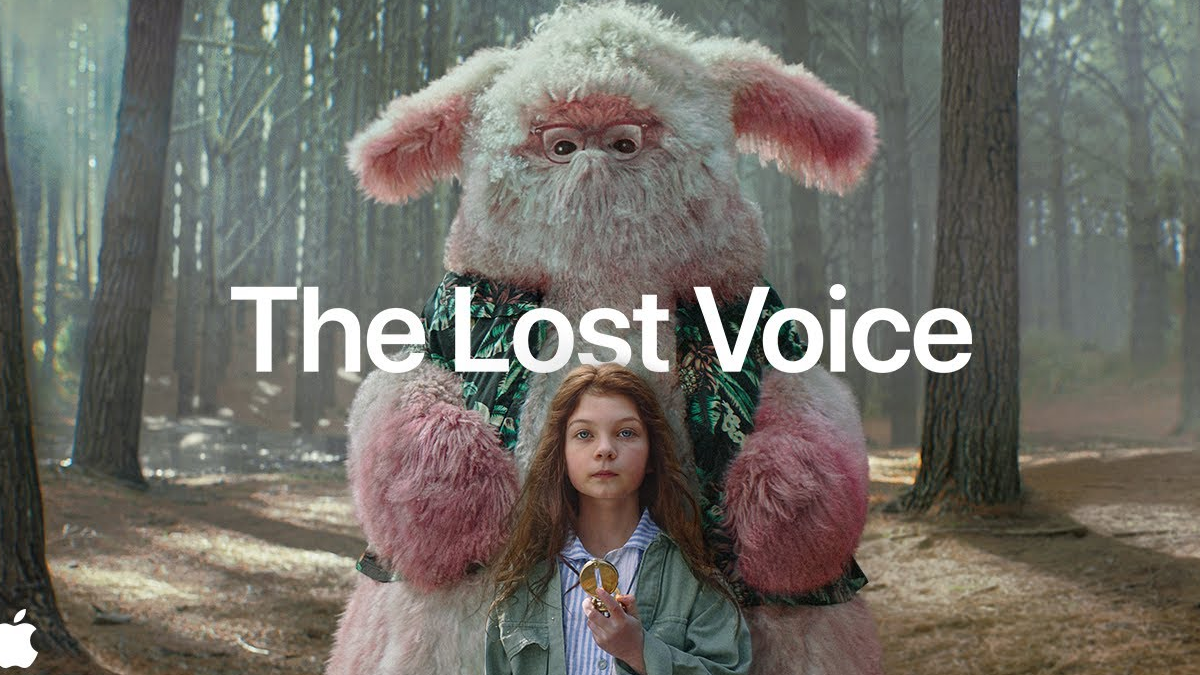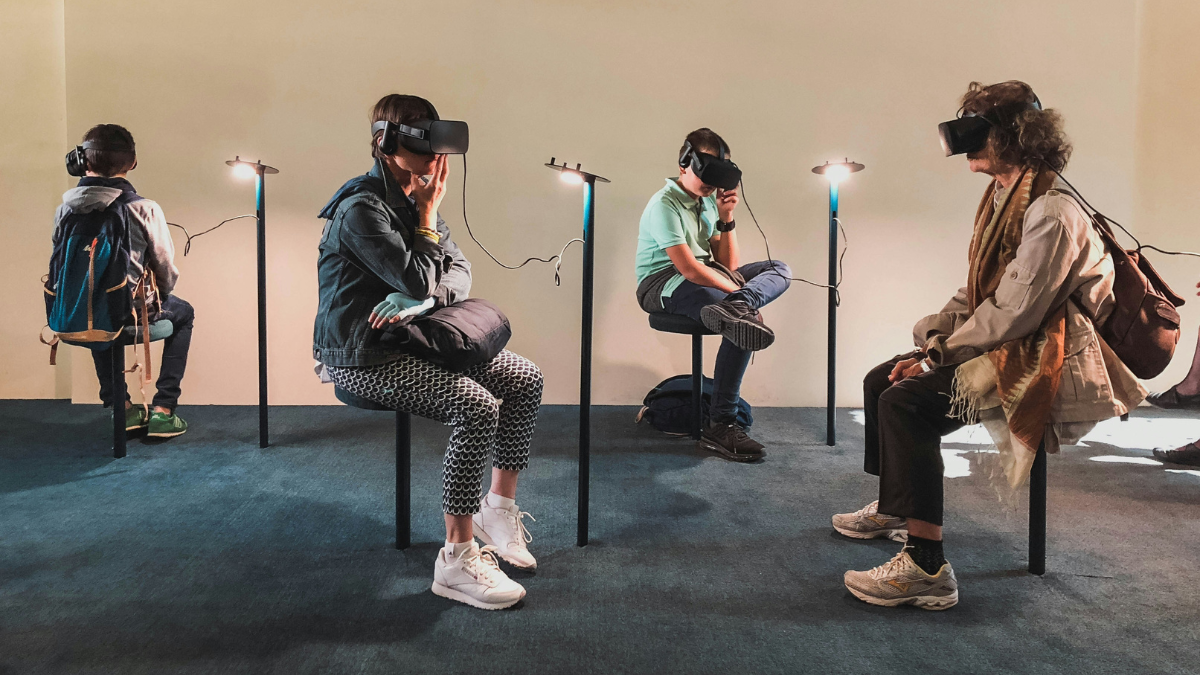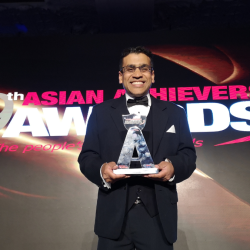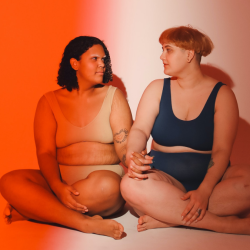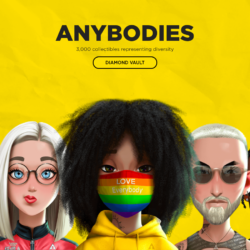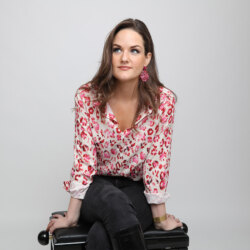‘Representation matters’ — the rallying cry of prominent identity politics movements that underscores the transformative power of visibility and voice. It’s a phrase that holds particular significance for the disability community, who, despite making up over 15% of the global population, remain hugely underrepresented in mainstream culture and advertising.
The realm of marketing and media holds unique potential to reshape this narrative and cultivate meaningful representation for the 1 in 5 of us living with a disability. Yet many brands struggle to navigate this challenge effectively, unsure of where to begin and fearsome that missteps could prove more damaging than doing nothing at all.
To help companies begin the journey from awareness to action, the Valuable 500 has developed a set of Key Principles for Authentic Disability Representation in collaboration with global disability advocates and experts. Already, companies spearheading the authentic representation movement are putting these principles to work, setting new standards and offering a practical blueprint for those ready to join the charge.
1. Nothing about us, without us
This powerful mantra, born from the disability rights movement, demands the active inclusion and empowerment of disabled people at every stage of the disability inclusion process. This principle advocates for representation that reflects the diversity and intersectionality of disabled experiences, and for disabled people to play a key role in everything from strategic decision-making to product development and customer engagement.
Vanish’s 2023 Me, My Autism and I ad exemplifies this principle through authentic and emotionally resonant storytelling, illuminating the autistic experience and sparking crucial conversations about autism in girls. Developed in partnership with Ambitious about Autism, the campaign embraced neurodivergent voices at every stage. From casting a 15-year-old autistic girl as the lead and adapting the script to reflect her lived experiences, to showcasing stories from young autistic girls and featuring content by autistic influencers, the brand’s collaborative approach ensured that this was a campaign with rather than about the autistic community.
2. Authentic storytelling
This principle calls on companies to reject clichéd, tokenistic, or extreme portrayals of disability in favour of authentic, multi-dimensional representation. It emphasises the importance of depicting disabled people in everyday contexts, moving beyond the inspiration and tragedy stereotypes that have dominated disability narratives for far too long.
Google’s 2024 Super Bowl ad follows Javier, a blind man documenting life’s milestones using the AI-powered Guided Frame feature on the Pixel 8. This accessibility tool uses audio cues, high-contrast animations, and haptic feedback to help blind and low vision users to take photos. Partnering with Adam Morse, an award-winning blind filmmaker, Google presented these accessibility innovations as part of everyday life, avoiding common stereotypes. Airing the ad during one of the year’s biggest marketing events, the tech giant also demonstrated how major brands can leverage their platform to shift perceptions and integrate disability representation into the broader cultural narrative.
3. Accessible by design
This principle calls for a paradigm shift in product development and user experience, encouraging brands to embrace accessibility as an integral part of the design process, rather than an afterthought. It envisions a world where barrier-free environments, products, and services are standard, enhancing usability for all users, regardless of ability.
Apple‘s iconic Inclusive by Design strategy brings this principle to life by integrating accessibility features like Personal Voice into their product ecosystem. This innovative tool allows users at risk of speech loss to create a synthetic voice that sounds like their own. Other examples like AssistiveTouch and Live Listen are first and foremost designed for users with specific needs, but can enhance usability and convenience for all users. By embedding accessibility at the core of their design philosophy, Apple proves that designing with inclusivity in mind can set new standards in product innovation and raise the bar for universal user experience.
4. Organisation-wide commitment
Organisation-wide commitment is the bedrock for organisations committed to building a culture where all employees understand the shared value of inclusion and authentic representation. This principle demands more than isolated initiatives; it requires a collective vision for radical inclusion that permeates the entire organisation.
Microsoft’s comprehensive strategy for disability inclusion demonstrates how authentic leadership commitment can transform organisational culture. Stemming from CEO Satya Nadella’s personal dedication to accessibility and inclusion, this commitment permeates throughout the company through inclusive hiring practices, company-wide accessibility training, and integrated accessible design principles across all products. Standout initiatives like Microsoft’s neurodiversity hiring program and the Disability Employee Resource Group span all levels and departments, and have integrated disability inclusion into the company’s DNA.
5. Cultural competence
Cultural competence is crucial for authentic disability representation in the global marketplace. This principle recognises that disability experiences, legislation, and societal attitudes vary significantly between cultures and regions. It calls for organisations to understand local disability laws, customs, and terminology, and to adapt their approaches to respect cultural nuances. By collaborating with local disability communities, organisations can navigate cultural subtleties and develop representations that resonate authentically with diverse audiences.
Toyota’s recently relaunched Start Your Impossible campaign for the Olympic and Paralympic Games in Paris 2024 exemplifies cultural competence in global marketing. By featuring over 20 Olympic and Paralympic athletes from various countries and cultures, Toyota demonstrates respect for diverse local cultures and the pivotal role communities play in athletes’ journeys. The campaign’s global strategy, executed with local nuances, illustrates how brands can build diverse, culturally competent communities worldwide while maintaining a consistent message of inclusion and support. This approach ensures that disability representation efforts are not just well-intentioned, but truly relevant and respectful in each unique cultural context.
6. Measure impact and improve iteratively
This principle involves setting specific representation targets, tracking key metrics, and reporting transparently on progress. Acknowledging that authentic representation is not a final destination, but an ongoing journey, it encourages companies to celebrate milestones while constantly striving for greater inclusivity, reflecting the dynamic nature of diversity and the evolving needs of the disability community.
After achieving ambitious diversity targets for 2023, Channel 4 has developed a fresh Equity Strategy for 2024 and beyond, setting ‘floor levels’ of representation for various protected characteristics that align with or exceed general population statistics. By setting concrete goals, regularly measuring progress, and adapting their approach based on results, Channel 4 demonstrates the power of data-driven decision making. Their strategy shows that when organisations commit to measuring impact and iterating on their approaches, they can create sustained, meaningful change in disability inclusion and representation.
Embracing the journey: the beauty of imperfect progress
Armed with these principles, brands can begin to create more authentic representations of disability. But these principles are not rigid commandments, and real-world implementation is rarely a straightforward checklist. True authenticity embraces the messy, scrappy, and the imperfect. It requires acknowledging that there’s wisdom in admitting there’s always more to learn, and beauty in admitting that we don’t have all the answers. Media and marketing have always played a unique role in advancing cultural change, and now more than ever, they have the ability to challenge and shape perspectives for the better.
When wielded responsibly, this power can be a formidable force for good — one that promises to catalyse long-overdue change for the disability community. Representation matters, and the time to put authenticity front and centre is now.
Featured image: Apple’s ‘The Lost Voice’
